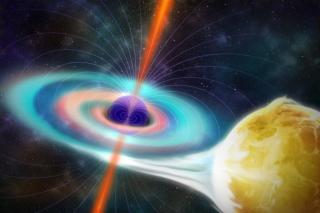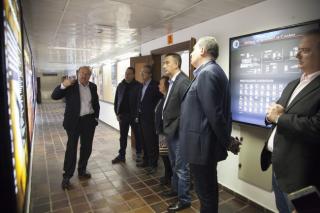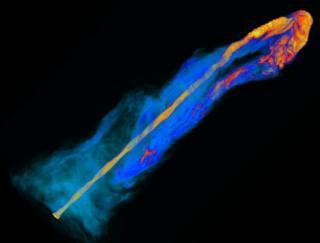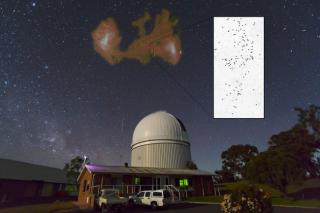
ESPRESSO (Echelle SPectrograph for Rocky Exoplanet and Stable Spectroscopic Observations) on ESO’s very Large Telescope has made its first successful observations. This spectrograph, on which the Instituto de Astrofisica de Canarias (IAC) has collaborated, will look for exoplanets with unprecedented accuracy, by detecting minuscule changes of velocity in the stars which host planetary systems.
Advertised on




